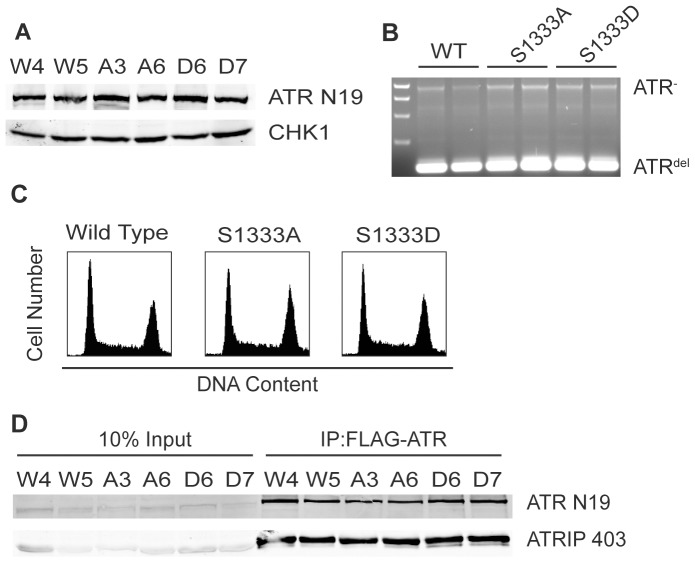Figure 4. S1333A and S1333D-ATR cell lines express ATR at similar levels and maintain a normal cell cycle.
ATR flox/− cells expressing wild type (WT), S1333A, or S1333D-ATR proteins were cultured in tetracycline media and infected with Cre-expressing adenovirus to delete the floxed ATR allele. Infected cells were plated at low density and several surviving colonies expanded. (A) Cell lysates were separated by SDS-PAGE and immunoblotted to determine ATR expression levels. (B) PCR genotyping confirmed deletion of the floxed allele. ATR- is the PCR product derived from the neomycin-disrupted allele, ATRdel is the PCR product derived from the Cre excised exon 2 allele. (C) Wild type, S1333A or S1333D-ATR asynchronously growing cells were fixed, stained with propidium iodide, and examined for DNA content by flow cytometry. (D) Clonal isolates of ATR flox/− cells expressing wild type (W4 or W5), S1333A (A3 or A6), or S1333D (D6 or D7) ATR proteins were lysed, Flag-immunoprecipitated, separated by SDS-PAGE, and immunoblotted to detect the ATR-ATRIP complex.

